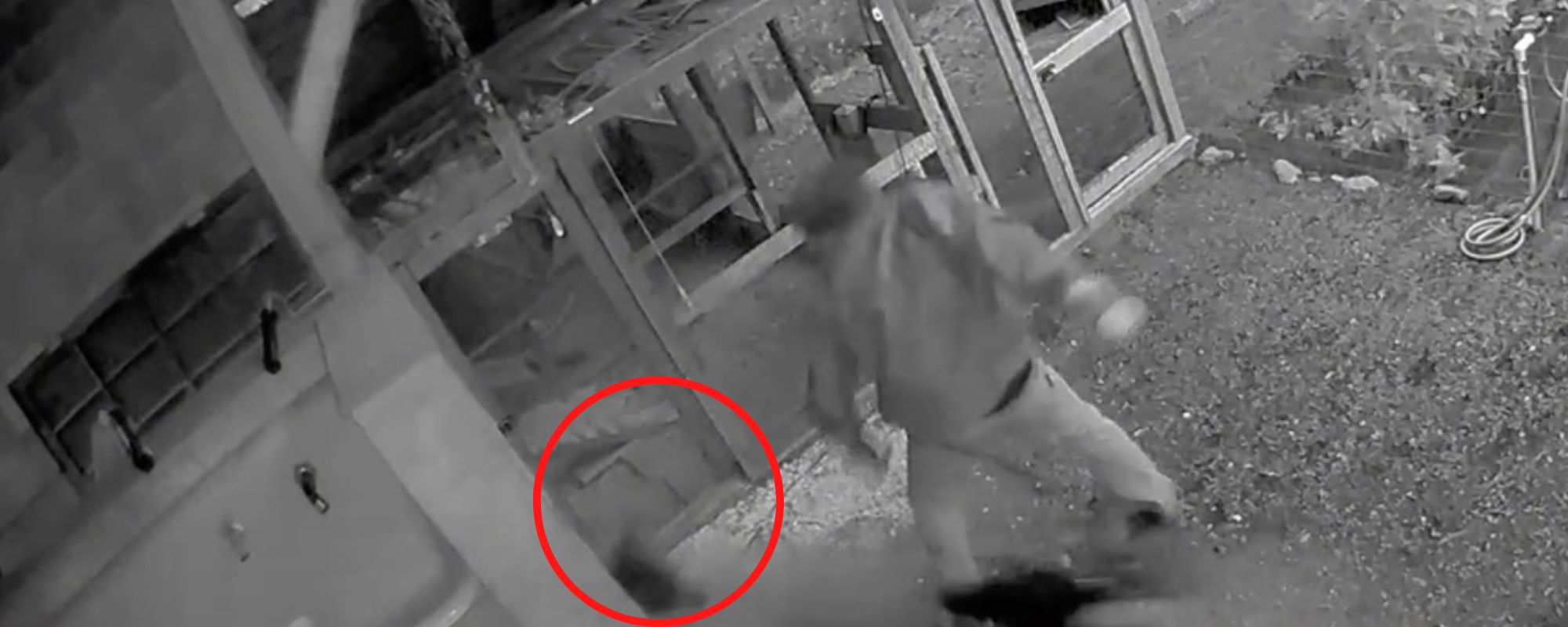

The antelope which is also referred to as an ibex or a springbok has three main symbolic meanings in heraldry. The ant may also be referred to as an emmet. The ant is not a very common symbol in heraldry, but when depicted the ant is usually accompanied by a drawing of an anthill. The symbol of the ant traditionally signified one who was a strong labourer, wise and provident in all his affairs. On English arms, an annulet was a mark of cadency signifying the fifth son. In some circles an annulet represented riches. The annulet may have been borne to indicate that the bearer had the superior qualities of a knight.

The Romans are said to have worn a ring as a sign of knighthood and rings are still used at some coronations and in the institution of knighthood. As a closed circle, it is symbolic of continuity and wholeness. Maritime devices are found less often on the continent where many countries are essentially landlocked, but Cosmo de Medici, the Duke of Etruria is an example of a Spanish noble who bore two anchors on his shield. It was even a device that was once born by King Richard I. It is a common figure in the English armour, which is not surprising given that Britain is an island. It is also an appropriate device for the coat of arms of a family with a seafaring tradition. The anchor is the emblem of salvation and hope. It is extremely uncommon in heraldry.Īn amphiptere is a winged serpent found very rarely in heraldry, though it does exist as a supporter and as a charge on a shield occasionally.Īn amphisboena is a winged serpent with two legs and a head at both ends of its body however the drawing of this creature does not strictly follow this description. The acorn is usually vert (green) but it can also be other colours.Īn allocamelus is a creature with the head of a donkey joined to the body of a camel. It can be found slipped and leaved the acorn-sprig is not uncommon as a crest and acorn-cups are represented alone. The sign of the acorn in heraldry has traditionally been used to indicate independence in its bearer.


 0 kommentar(er)
0 kommentar(er)
